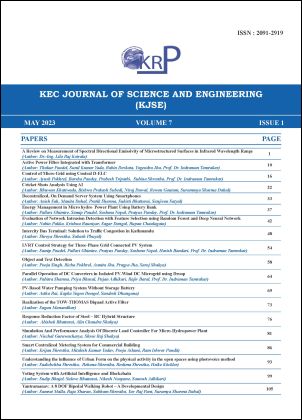Response Reduction Factor of Steel – RC Hybrid Structure
DOI:
https://doi.org/10.3126/kjse.v7i1.60543Keywords:
base shear, ductility, pushover analysis, redundant, response reduction factor, seismic responseAbstract
Civil Engineering structures should have sufficient strength and stiffness to control deflection and prevent possible collapse of the structure during a seismic event. The design force levels currently specified by most seismic codes are calculated by dividing the base shear for elastic response by the response modification factor (R). Seismic codes consider a reduction factor in designing the loads in order to cause the structure to enter into the nonlinear behavior region and then use the advantages of its energy dissipation. The seismic response of such mixed structure having different structural system at different floor levels is entirely different to the response of the pure steel or RC structure. During an earthquake excitation, upper steel stories behave as a structure built upon a fixed base RC structure. So, the response of such structure needs to be studied and the computation of appropriate response reduction factor is required in order to minimize the risk.




